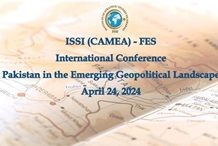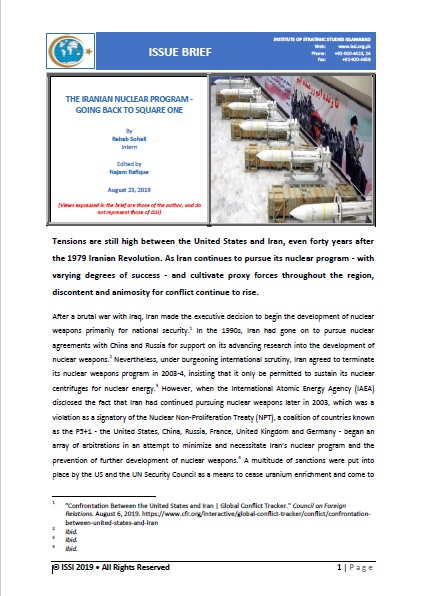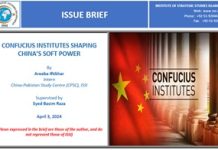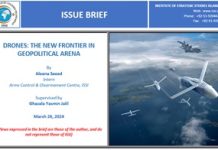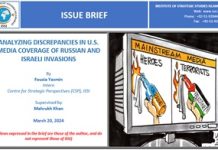Tensions are still high between the United States and Iran, even forty years after the 1979 Iranian Revolution. As Iran continues to pursue its nuclear program – with varying degrees of success – and cultivate proxy forces throughout the region, discontent and animosity for conflict continue to rise.
After a brutal war with Iraq, Iran made the executive decision to begin the development of nuclear weapons primarily for national security.[1] In the 1990s, Iran had gone on to pursue nuclear agreements with China and Russia for support on its advancing research into the development of nuclear weapons.[2] Nevertheless, under burgeoning international scrutiny, Iran agreed to terminate its nuclear weapons program in 2003-4, insisting that it only be permitted to sustain its nuclear centrifuges for nuclear energy.[3] However, when the International Atomic Energy Agency (IAEA) disclosed the fact that Iran had continued pursuing nuclear weapons later in 2003, which was a violation as a signatory of the Nuclear Non-Proliferation Treaty (NPT), a coalition of countries known as the P5+1 – the United States, China, Russia, France, United Kingdom and Germany – began an array of arbitrations in an attempt to minimize and necessitate Iran’s nuclear program and the prevention of further development of nuclear weapons.[4] A multitude of sanctions were put into place by the US and the UN Security Council as a means to cease uranium enrichment and come to the negotiating table.[5] Over the course of the following two years, bilateral talks, as well as P5+1 negotiations with Iran, were convened by the United States. These talks eventually resulted in the culmination of an official agreement, the Joint Comprehensive Plan of Action (JCPOA) which was signed in July 2015 and went into effect the following January.[6] This agreement imposes restrictions on Iran’s civilian nuclear enrichment program, with the intent to, “set back Iran’s nuclear program so that if Iran were to pursue a nuclear weapon, the amount of time it would need to produce enough fissile material – an indicator known as “breakout time” – would be at least a year, up from just a few weeks.”[7] The JCPOA also gave international inspectors pervasive access to its facilities in exchange for economic sanctions relief imposed by the European Union, the United Nations and the United States.[8]




